Horsezone News
Natural Horse Health - Victoria's Herbal Secrets for Spring
By: © Victoria Ferguson
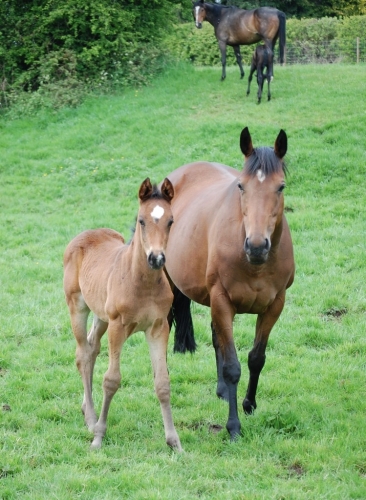 |
|
Raspberry Leaf is the must have herb for all broodmares
|
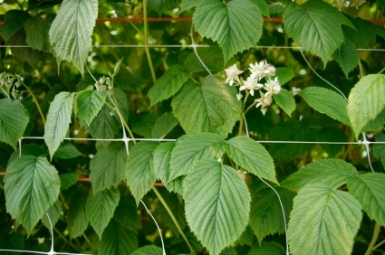 |
|
Raspberry Leaf
|
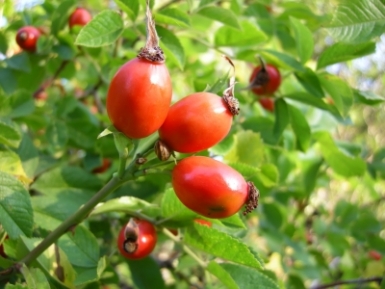 |
|
Rosehips is THE herb to prevent and treat laminitis
|
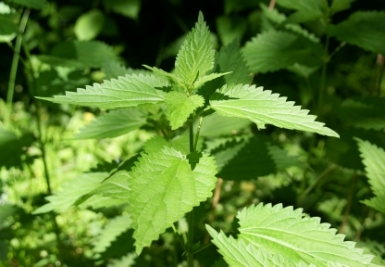 |
|
Nettles are a valuable herb and a great spring tonic to help remove all that winter hair
|
Spring has arrived very early in most regions of Australia, but despite the very warm weather, even if it is still dry, spring grass is popping up, presenting a danger to ponies and horses prone to laminitis, or those who are already overweight. Management is the key to preventing laminitis, with very limited to no grazing on those little green shoots which are full of sugar.
However these animals still need adequate roughage to keep the gut moving, and essential nutrients (minerals, essential fatty acids, essential amino acids, vitamins) necessary for maintenance and repair. It’s not just about calories! Locking them up and virtually starving them is not the answer.
A grazing muzzle works really well, so they are able to graze but at a heavily reduced rate! And of course they can also drink through them. Alternatively some yard time with access to low quality grass hay packed into one of the new slow release hay pillows, is a good strategy, or even clean oaten straw if grass hay is scarce, which it is in some areas. Soaking better quality grass hay for an hour or so, half that time if it is in hot water, will also work to reduce sugar content. Don’t forget to discard the water the hay has been soaked in.
Rosehips is THE herb to prevent and treat laminitis, as they stimulate the capillary circulation which is especially dense throughout the coronet band. Rosehips also have a wonderful nutrient profile so provide a range of essential nutrients such as Copper and Vitamin “C”.
Herbs to stimulate the metabolism and balance circulation such as Dandelion and Hawthorn are just two of the herbs I use to treat laminitis together with an individually formulated natural diet, to provide sufficient essential nutrients, which are needed for hoof repair.
The first foals of the season are already arriving and Raspberry Leaf is the must have herb for all broodmares. They contain the highest plant source of Folic Acid. Folates are crucial to the correct development of the foetus in the early stages (In humans lack of this can lead to Spina Bifida).
Raspberry Leaf should be added to broodmares’ feeds for at least one month, preferably two months, prior to conception, and again prior to foaling for at least one month, continuing on until the foal is two months old. This is particularly important if the mare is being rejoined straight away. Raspberry Leaf also improves chances of conception especially in maiden mares or difficult breeders, tones the uterus and endometrium and assists with easy foaling and complete and quick expulsion of the afterbirth. There is no need to continue use throughout the pregnancy and Raspberry Leaf works particularly well as part of a natural diet. I have many stud clients breeding show horses and racehorses, who swear by Raspberry Leaf for their broodmares.
Also in spring, some useful herbs make their appearance. Nettles – yes good old stinging Nettles are a valuable herb and a great spring tonic to help remove all that winter hair, along with some elbow grease. They will also bring out dappling in the new coat.
So if you are lucky enough to have Nettles growing around your property, get out the gumboots and rubber gloves and pull them out or cut them off at the base, then they can either be wilted or dried or made into a green soup for adding to the feed. This must be done to remove the sting so that they are edible. Nettles also have a marvellous nutrient profile being especially high in Magnesium and I often include them when formulating natural diets.
The sunshine in spring is usually not too hot and a great time to give horses which are nearly always stabled and rugged, at least a few hours in the sunlight every day.
Vitamin D – The Sunshine Vitamin - is produced by the skin on exposure to sunlight and is essential for calcium and phosphorous utilisation in bone formation. However if horses are put out covered from head to toe in rugs, hoods and boots, which is quite common these days, they will have hardly any skin exposed to the sun for this vital processing of Vitamin D to occur. So giving your horses time in the sun without rugs on, is a lot cheaper than buying synthetic Vitamin D supplements, and if these are fed in excess, can cause calcium to be deposited in soft tissues such as heart, lungs and kidneys. They also enjoy a good roll and a scratch, which is very good for their emotional health. For horses who don’t get out in the sun much they need plenty of sun cured hay and green leafy feeds, which are a good source of Vitamin D.
The team at Horsezone is excited to bring you informative articles from Victoria Ferguson Dip.Herb.Med., herbalist, horsewoman and author of The Complete Horse Herbal www.thecountryherbalist.com.au
News Search
Categories
- General
- Event Results
- Stallionzone
- Sponsored Shows
- Clubs
- Health
- Feature Horses
- Competitions
- Five Minutes With Horsezone
- Young Riders
- Reviews
- Training and Clinics
- Postcards from the saddle
- 2014 Equitana by HORSE FIRST
- 2013 Equitana
- 2012 Equitana
- 2012 London
- 2011 Equitana
- 2011 Queensland Floods
- 2010 WEG

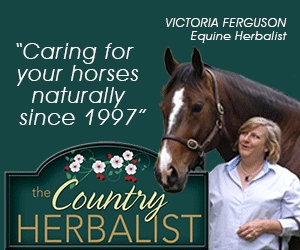
Comments
vicferg wrote: